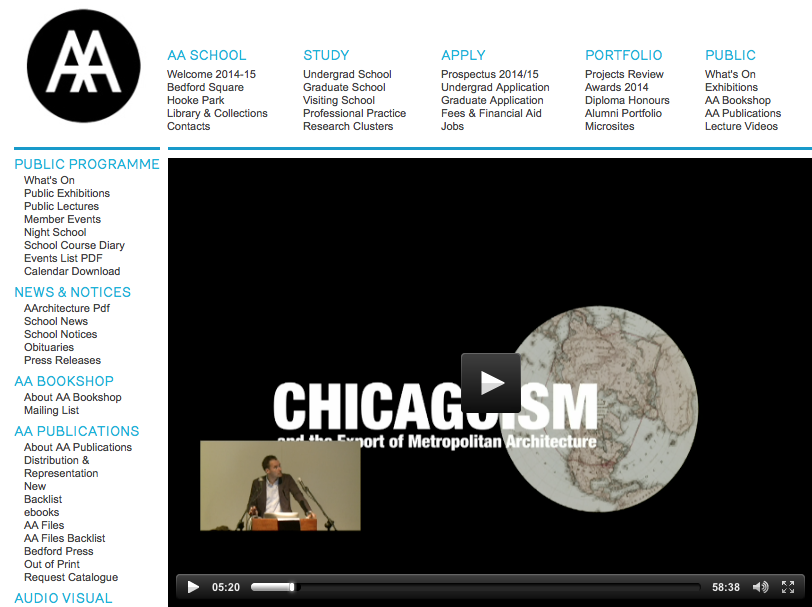
“The Export of Metropolitan Architecture” lecture at the AA in London, UK (10/28), the University of Kent, UK (10/29), Hochparterre in Zürich, CH (10/30), the OfficeUS at the Venice Biennale, IT (10/31), and Pro qm in Berlin, DE (11/03).

Abstract: 1871 was the year in which the cities of Berlin and Chicago were catapulted into a modern reality. That year the Chicago Fire inspired a building code that in combination with advances in fireproofing iron and steel frames and inventions such as Otis’s safety passenger elevator guided the construction of a new city with massive buildings that soon lined entire blocks of the downtown grid. On the other side of the Atlantic, Berlin’s emergence as the capital of the Second German Empire shifted the political, economic, and cultural landscape of Germany and Europe and established the city as a metropolis. In the wake of these developments, a trans-Atlantic exchange between the two cities began to reconsider each city’s option towards a new metropolitan condition. Chicago became the model through which Berlin was able to understand its own rapid urbanization during the late nineteenth century and, ultimately, re-conceiving itself as a space of possibilities for the invention of a metropolitan architecture. What was channeled in these early ideas towards an architecture born from within the modern city, resonated in the writings of architects and critics of the 1910s, and would captivate later-generations: from Ludwig Hilberseimer’s Großstadtarchitektur to the Office for Metropolitan Architecture.